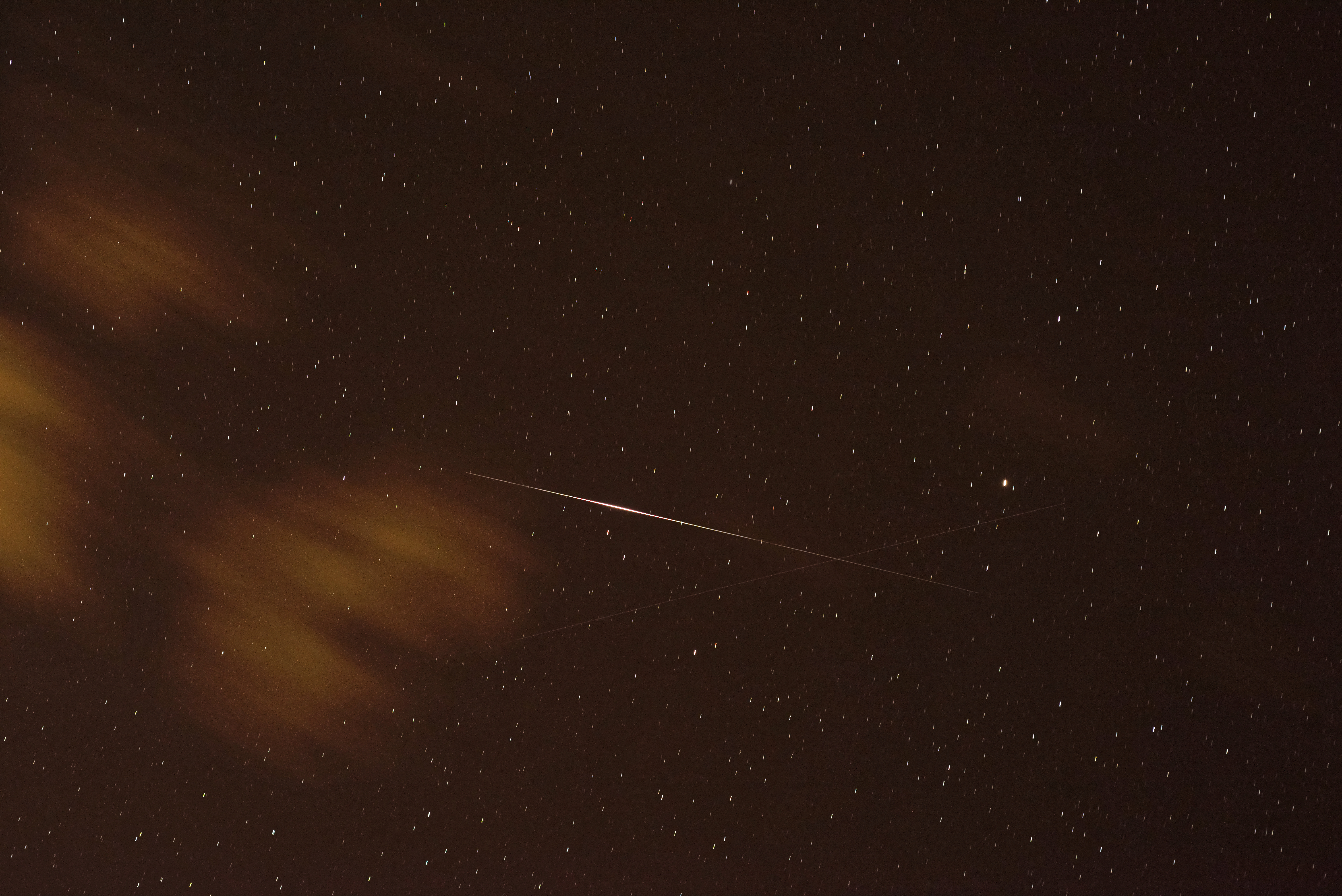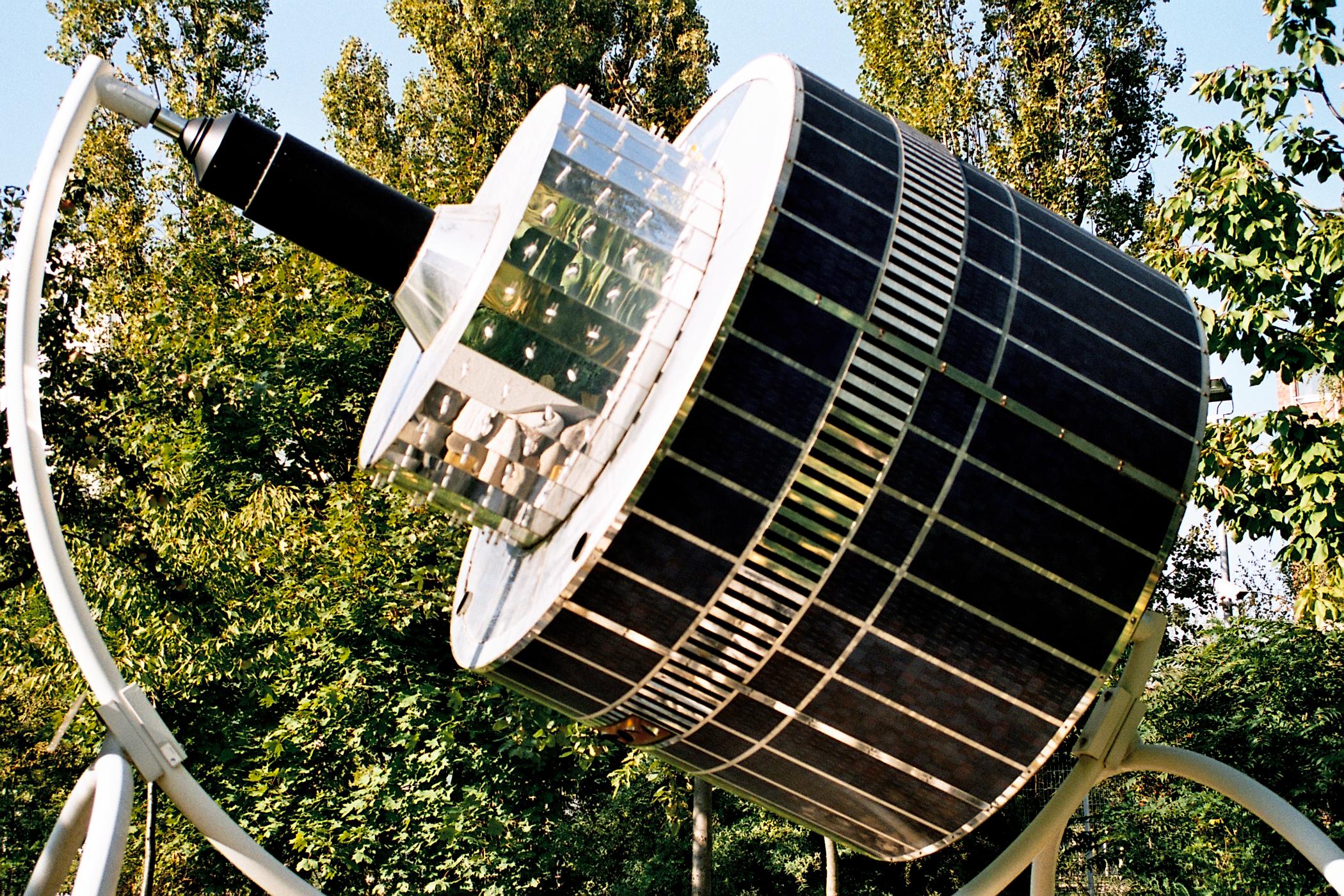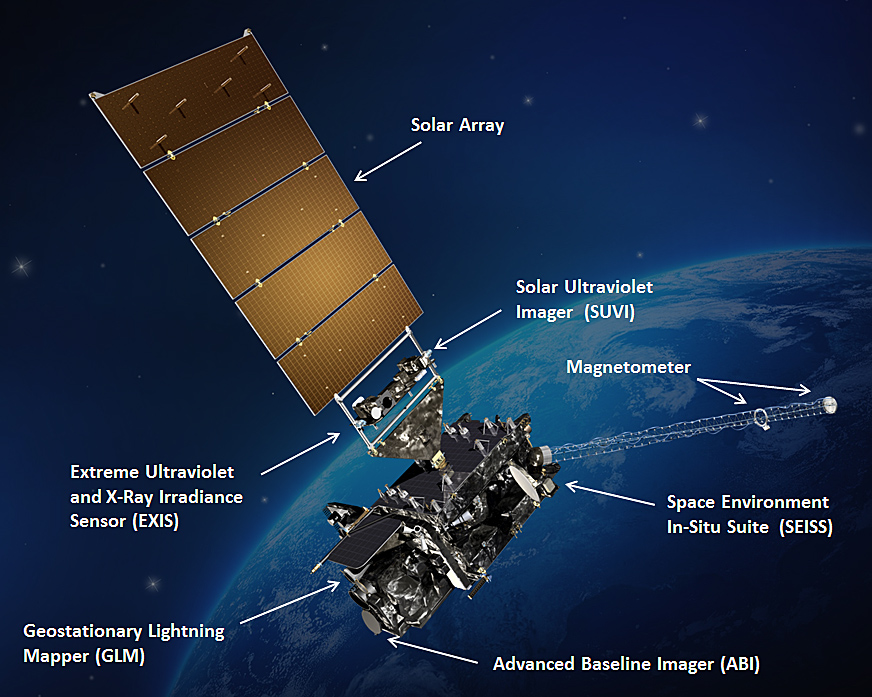|
Metop
MetOp (Meteorological Operational satellite) is a series of three polar-orbiting meteorological satellites developed by the European Space Agency (ESA) and operated by the European Organisation for the Exploitation of Meteorological Satellites (EUMETSAT). The satellites form the space segment component of the overall EUMETSAT Polar System (EPS), which in turn is the European half of the EUMETSAT / NOAA Initial Joint Polar System (IJPS). The satellites carry a payload comprising 11 scientific instruments and two which support Cospas-Sarsat Search and Rescue services. In order to provide data continuity between MetOp and NOAA Polar Operational Environmental Satellites (POES), several instruments are carried on both fleets of satellites. MetOp-A, launched on 19 October 2006, was Europe's first polar orbiting satellite used for operational meteorology. With respect to its primary mission of providing data for Numerical Weather Prediction, studies have shown that ''MetOp-A'' data ... [...More Info...] [...Related Items...] OR: [Wikipedia] [Google] [Baidu] |
MetOp-SG
MetOp-SG (Meteorological Operational Satellite - Second Generation) is a series of six meteorological satellites developed by European Space Agency and EUMETSAT to be launched from 2025 to 2039. Development In May 2014 during ILA Berlin Air Show, in a presence of chancellor Angela Merkel, ESA, EUMETSAT and Airbus Defence and Space signed the first documents for the development of second generation of the MetOp satellites. On 16 October 2014 contract was signed with Airbus Defence and Space for a construction of the satellites, worth in total for six spacecraft (on average each). In December 2014 additional contracts were signed for Ice Cloud Imagers to be used on B-series satellites and three microwave sounder instruments. MetOp-SG satellites will be built in two series: A, carrying visible, infrared, and microwave imagers and sounders; and B, carrying microwave imagers and radars. The first A-series satellite will be launched in early 2025, while the first B-series sate ... [...More Info...] [...Related Items...] OR: [Wikipedia] [Google] [Baidu] |
Advanced Very-high-resolution Radiometer
The Advanced Very-High-Resolution Radiometer (AVHRR) instrument is a space-borne sensor that measures the reflectance of the Earth in five spectral bands that are relatively wide by today's standards. AVHRR instruments are or have been carried by the National Oceanic and Atmospheric Administration (NOAA) family of polar orbiting platforms ( POES) and European MetOp satellites. The instrument scans several channels; two are centered on the red (0.6 micrometres) and near-infrared (0.9 micrometres) regions, a third one is located around 3.5 micrometres, and another two the thermal radiation emitted by the planet, around 11 and 12 micrometres. The first AVHRR instrument was a four-channel radiometer. The final version, AVHRR/3, first carried on NOAA-15 launched in May 1998, acquires data in six channels. The AVHRR has been succeeded by the Visible Infrared Imaging Radiometer Suite, carried on the Joint Polar Satellite System spacecraft. Operation NOAA has at le ... [...More Info...] [...Related Items...] OR: [Wikipedia] [Google] [Baidu] |
Polar Operational Environmental Satellites
The Polar-orbiting Operational Environmental Satellite (POES) is a constellation of polar orbiting weather satellites funded by the National Oceanic and Atmospheric Administration (NOAA) and the European Organisation for the Exploitation of Meteorological Satellites (EUMETSAT) with the intent of improving the accuracy and detail of weather analysis and forecasting. The spacecraft were provided by NASA and the European Space Agency (ESA), and NASA's Goddard Space Flight Center oversaw the manufacture, integration and test of the NASA-provided TIROS satellites. The first polar-orbiting weather satellite launched as part of the POES constellation was the Television Infrared Observation Satellite-N ( TIROS-N), which was launched on 13 October 1978. The final spacecraft, NOAA-19 (NOAA-N Prime), was launched on 6 February 2009. The ESA-provided MetOp satellite operated by EUMETSAT utilize POES-heritage instruments for the purpose of data continuity. The Joint Polar Satellite Syste ... [...More Info...] [...Related Items...] OR: [Wikipedia] [Google] [Baidu] |
Soyuz-2
Soyuz2 (; GRAU index: 14A14) is a Russian expendable medium-lift launch vehicle and the seventh major iteration of the Soyuz rocket family. Compared to its predecessors, Soyuz-2 features significant upgrades, including improved engines and a digital flight control system that enables launches from fixed platforms and supports larger payload fairings. Developed by the Progress Rocket Space Centre (RKTs Progress) in Samara, Soyuz-2 is used to place payloads into low Earth orbit in standard configuration but can also support missions to higher orbits using an additional upper stage, most commonly the Fregat, though the smaller Volga is available as a less expensive option. Since its introduction in 2004, Soyuz-2 has gradually replaced earlier Soyuz variants and is launched from the facilities of its R-7 derived predecessors: Site 31/6 at the Baikonur Cosmodrome in Kazakhstan and Sites 43/3 and 43/4 at the Plesetsk Cosmodrome in northwestern Russia, and, since 2016, Site ... [...More Info...] [...Related Items...] OR: [Wikipedia] [Google] [Baidu] |
Advanced Microwave Sounding Unit
The advanced microwave sounding unit (AMSU) is a multi-channel microwave radiometer installed on meteorological satellites. The instrument examines several bands of microwave radiation from the atmosphere to perform atmospheric sounding of temperature and moisture levels. Products Level-1 radiance data are calibrated brightness temperatures. Level-2 geophysical data from AMSU include: * Temperature profile from 3 Bar (unit), mbar (45 km) to the surface * Water vapor profiles * Snow and ice coverage * Cloud liquid water * Rain Rate AMSU data is also used together with infrared radiances from HIRS, AIRS, or IASI to produce blended MW/IR level-2 geophysical products such as: * Temperature profiles * Water vapor profiles * Ozone * Cloud properties * Cloud-cleared IR radiances Applications AMSU data is used extensively in weather prediction. Brightness temperatures are processed as quickly as possible and sent to numerical weather prediction (NWP) centers around the world. ... [...More Info...] [...Related Items...] OR: [Wikipedia] [Google] [Baidu] |
European Organisation For The Exploitation Of Meteorological Satellites
The European Organisation for the Exploitation of Meteorological Satellites (EUMETSAT) is an intergovernmental organisation created through an international convention agreed by a current total of 30 European Member States. EUMETSAT's primary objective is to establish, maintain and exploit European systems of operational meteorological satellites. EUMETSAT is responsible for the launch and operation of the satellites and for delivering satellite data to end-users as well as contributing to the operational monitoring of climate and the detection of global climate changes. The activities of EUMETSAT contribute to a global meteorological satellite observing system coordinated with other space-faring states. Satellite observations are an essential input to numerical weather prediction systems and also assist the human forecaster in the diagnosis of potentially hazardous weather developments. Of growing importance is the capacity of weather satellites to gather long-term measurem ... [...More Info...] [...Related Items...] OR: [Wikipedia] [Google] [Baidu] |
Baikonur Cosmodrome
The Baikonur Cosmodrome is a spaceport operated by Russia within Kazakhstan. Located in the Kazakh city of Baikonur, it is the largest operational space launch facility in terms of area. All Russian Human spaceflight, crewed spaceflights are launched from Baikonur. Situated in the Kazakh Steppe, some above sea level, it is to the east of the Aral Sea and north of the Syr Darya. It is close to Töretam, a station on the Trans-Aral Railway. Russia, as the official successor state to the Soviet Union, has retained control over the facility since 1991; it originally assumed this role through the post-Soviet Commonwealth of Independent States (CIS), but ratified an agreement with Kazakhstan in 2005 that allowed it to lease the spaceport until 2050. It is jointly managed by Roscosmos and the Russian Aerospace Forces. In 1955, the Ministry of Defense (Soviet Union), Soviet Ministry of Defense issued a decree and founded the Baikonur Cosmodrome. It was originally built as the chief ... [...More Info...] [...Related Items...] OR: [Wikipedia] [Google] [Baidu] |
Argos (satellite System)
Argos is a global satellite-based system that collects, processes, and Dissemination, disseminates (spreads, distributes) environmental data from fixed and mobile platforms around the world. The worldwide tracking and environmental monitoring system is the results froFranco-American cooperation.In addition to satellite data collection, the main feature of the Argos system is its to ability to Geopositioning, geographically locate the data source from any location on Earth using the Doppler effect; which refers to the apparent change in the wavelength due to relative motion between its source and observer. Argos is operated by CLS/Argos, based in Toulouse, France, and its United States subsidiary, CLS America. History and utilization Argos was established in 1978 and has provided data to environmental research and protection groups. It is a component of many global research programs including the Tropical Ocean-Global Atmosphere program (TOGA), Tagging of Pacific Pelagics ( ... [...More Info...] [...Related Items...] OR: [Wikipedia] [Google] [Baidu] |
Weather Satellite
A weather satellite or meteorological satellite is a type of Earth observation satellite that is primarily used to monitor the weather and climate of the Earth. Satellites are mainly of two types: polar orbiting (covering the entire Earth asynchronously) or geostationary (hovering over the same spot on the equator). While primarily used to detect the development and movement of storm systems and other cloud patterns, meteorological satellites can also detect other phenomena such as city lights, fires, effects of pollution, auroras, sand and dust storms, snow cover, ice mapping, boundaries of ocean currents, and energy flows. Other types of environmental information are collected using weather satellites. Weather satellite images helped in monitoring the volcanic ash cloud from Mount St. Helens and activity from other volcanoes such as Mount Etna. Smoke from fires in the western United States such as Colorado and Utah have also been monitored. El Niño and its effects on wea ... [...More Info...] [...Related Items...] OR: [Wikipedia] [Google] [Baidu] |






